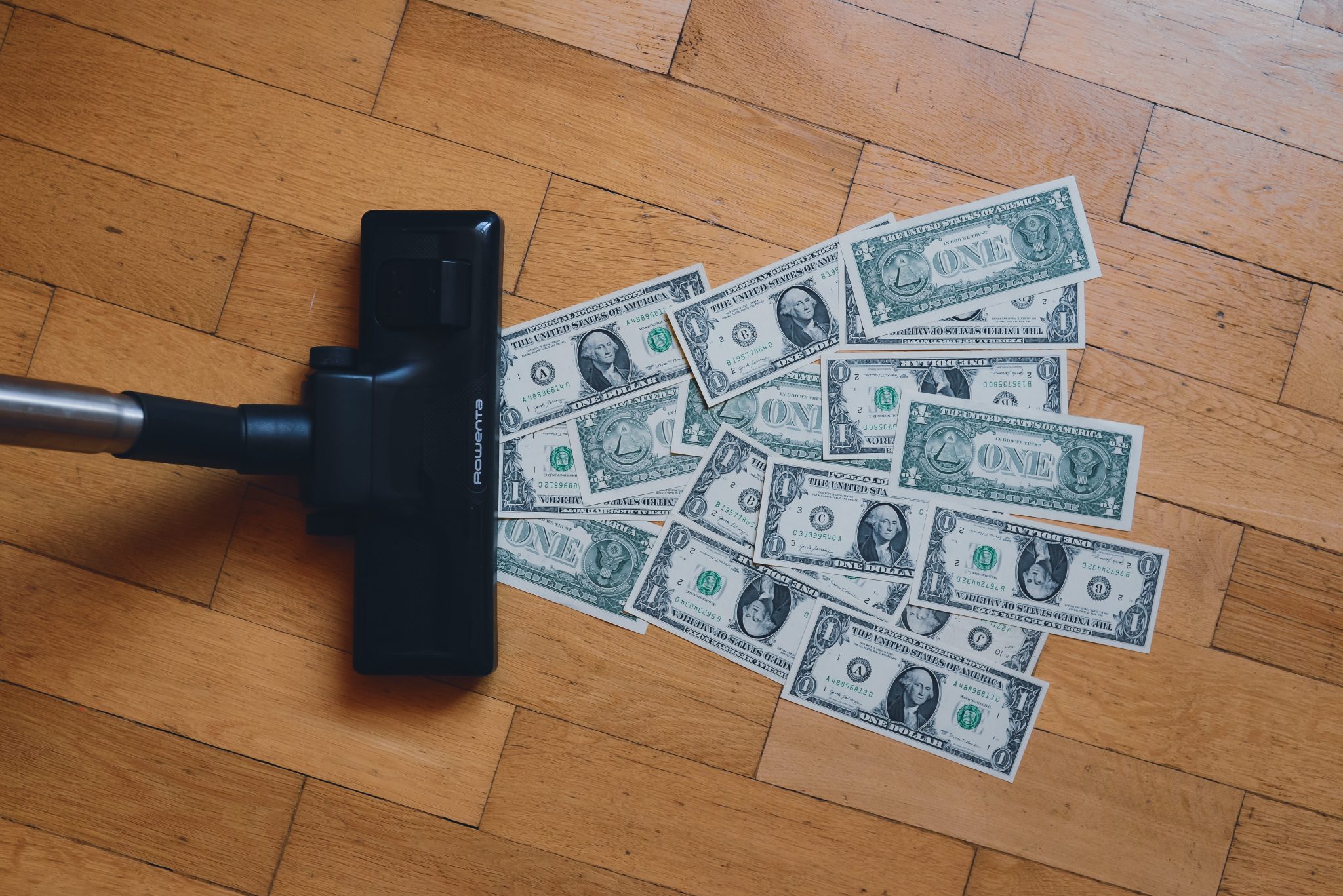
The Department of Education is going to forgive an additional $6.2 billion in student loans for 100,000 students through the Public Service Loan Forgiveness program. This adds to the $1 billion in previously forgiven loans for 11,000 students.
This shows one of the reasons why student loan forgiveness is such a bad idea.
Under the Public Service Loan Forgiveness (PSLF) program, students who work in politically favored sectors (only government and some nonprofit workers are eligible) can have their loans forgiven after making 10 years of payments.
In the latest batch of forgiveness, recipients are getting an average of $62,000 in loans forgiven. While this is down from $82,000 for previous recipients, the amount is still truly staggering and demonstrates a complete misallocation of taxpayer dollars in two respects.
First, compare the generosity of the forgiveness program with Pell grants. The Pell grant program is the best-designed federal financial aid program, providing up to $6,495 per year to students. The program is well-targeted, almost exclusively benefiting students from low-income households, and it is structured like a voucher, which helps foster competition among colleges and avoids giving the federal government another lever with which to interfere in education.
[Related: “I Just Made My Last Student Loan Payment—Here’s How to Improve the System”]
At $6,495 per year, the most disadvantaged student we can imagine would receive just under $26,000 in Pell grants when earning a bachelor’s degree in four years. Yet under PSLF, a bunch of government employees with gold-plated benefits and rock-solid job security just got a $62,000 giveaway paid for by taxpayers—over twice as much as the disadvantaged Pell grant student. Is this really how we’ve decided to allocate scarce taxpayer dollars?
Second, undergraduate students cannot borrow more than $31,000 for dependent students, and $57,500 for independent students. For a borrower to receive $62,000 in loan forgiveness for undergraduate loans means that, even after 10 years of making payments, they will not have paid back a dime of their loans, because income-driven programs set payments based on income rather than the amount borrowed. (This income driven structure is a good idea, but not when paired with forgiveness.)
Of course, lots of the forgiven debt was likely from former graduate students, and there is no limit to how much graduate students can borrow (one graduate student borrowed over $600,000).
Why does the federal government continue to provide loans that will not be paid back, and then forgive them years later? That’s not a loan program—it’s a taxpayer-funded giveaway to the politically powerful and connected.
Image: olieman.eth, Public Domain
The problem is that $6,495 won’t buy a year at even a state school anymore. In-state at UMass Amherst is about $32,000 a year…
I’m not a fan of loan forgiveness — the untold aspect of all of this is all the subsidized labor provided to the radical left — but college has become obscenely expensive.
Remember that UM’s $32K is in addition to state funding.
Every time the subject of student loan forgiveness comes up, we invariably have to listen to the sob stories of those who “did the right thing” and paid off their student loans. Sorry, but you need to get to the back of the line. You see, there’s one group of people who are really shafted by student load forgiveness and we never hear from them. I’m talking about the tens of millions of Americans who have a high school diploma and never went to college—and have no intention of ever going to one. Why should they pay a dime for some white, woke female who got a women’s studies degree to write off her $75,000 of student loan debt?
Exactly.
And then have to deal with her woke political activism. We’re no dealing with the consequences of 20 years of loan forgiveness for public interest “employment.”
Define “woke”